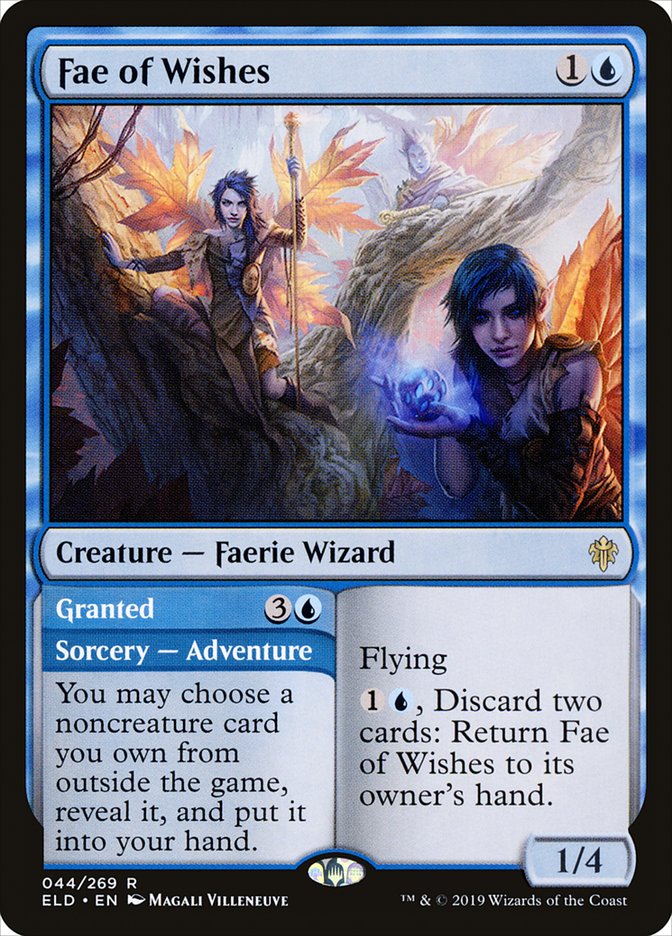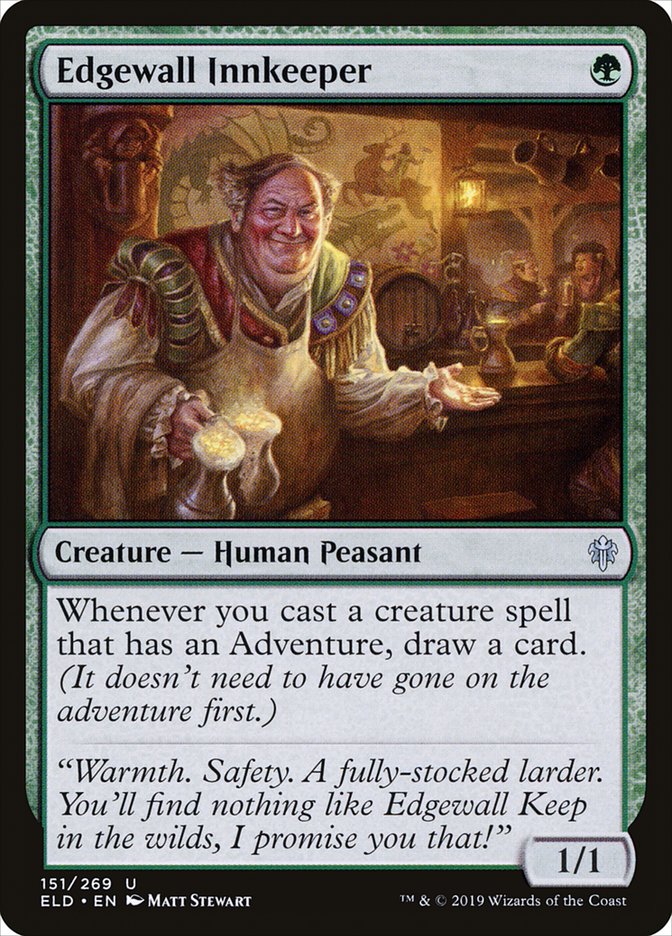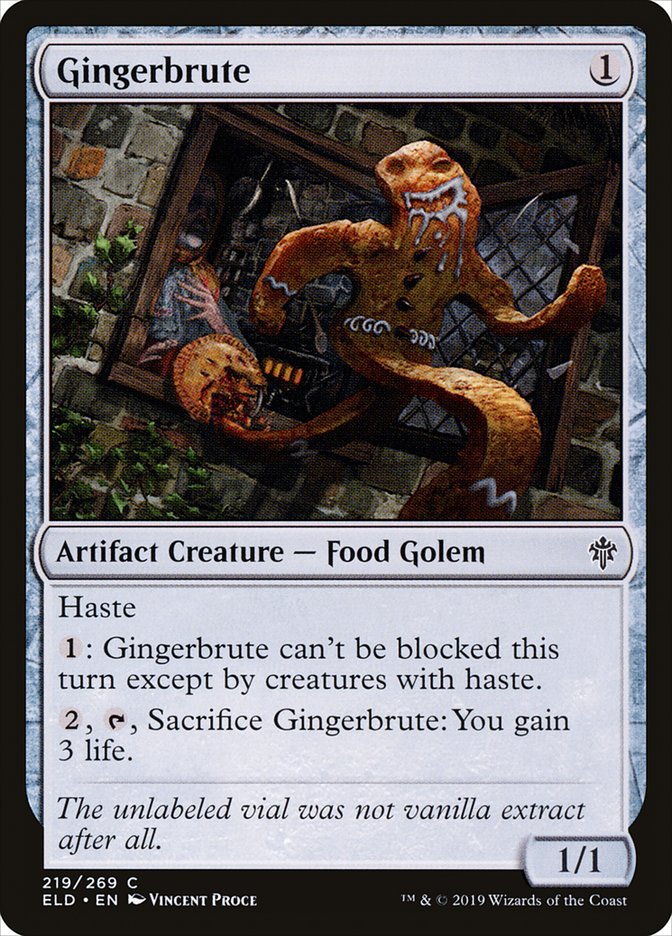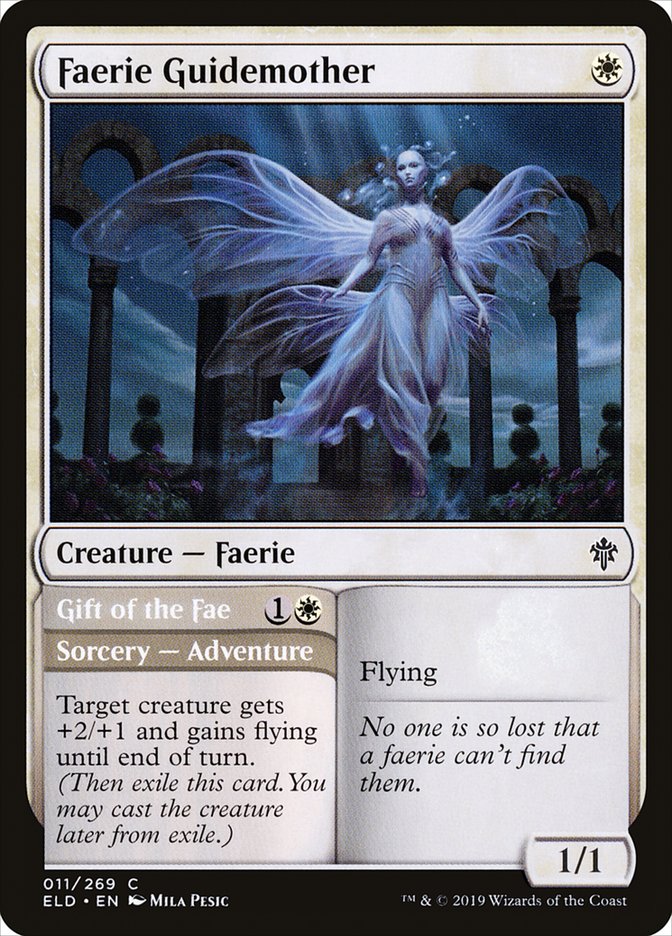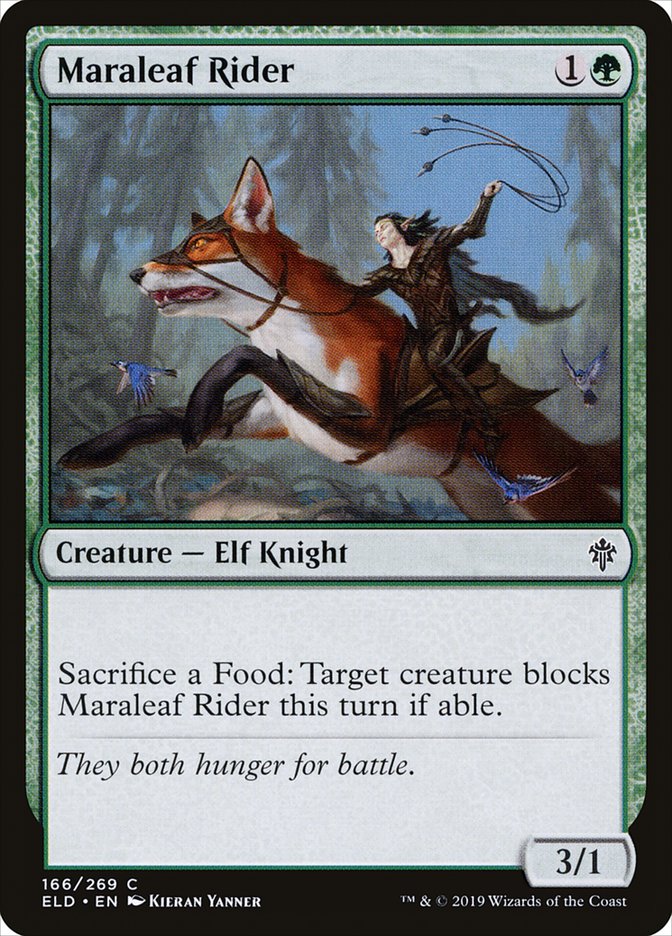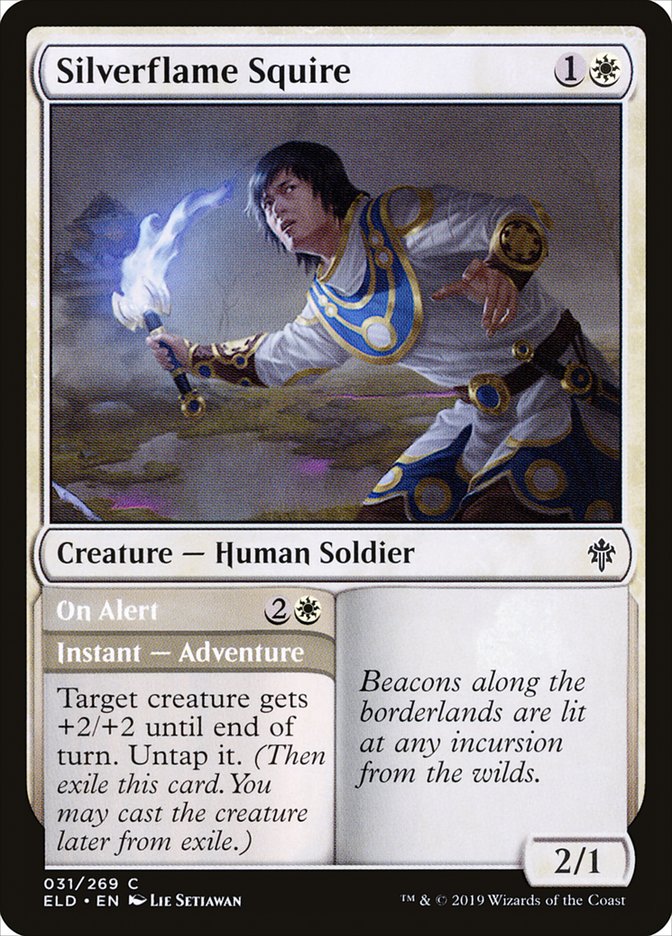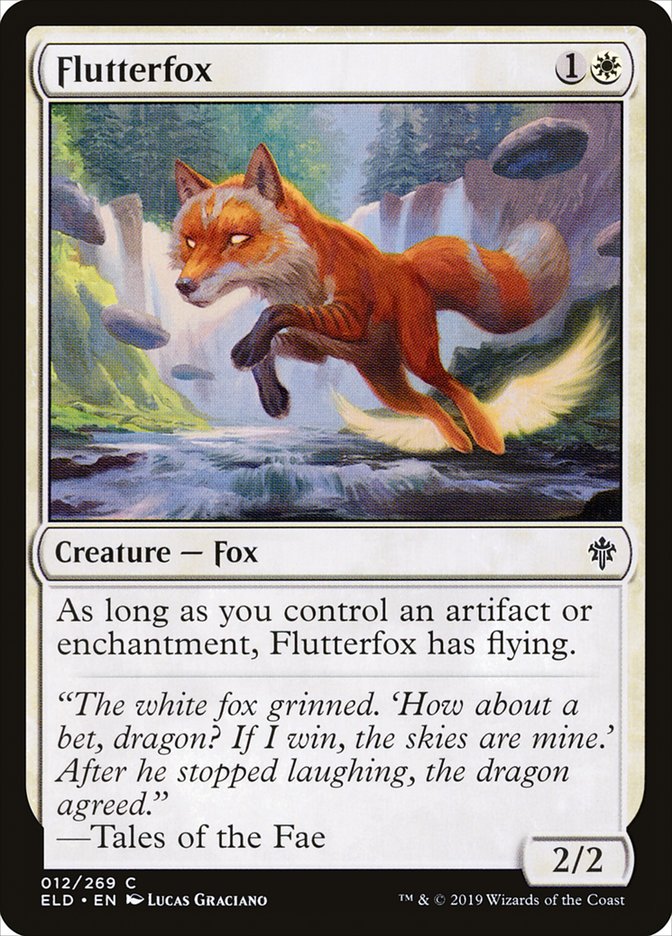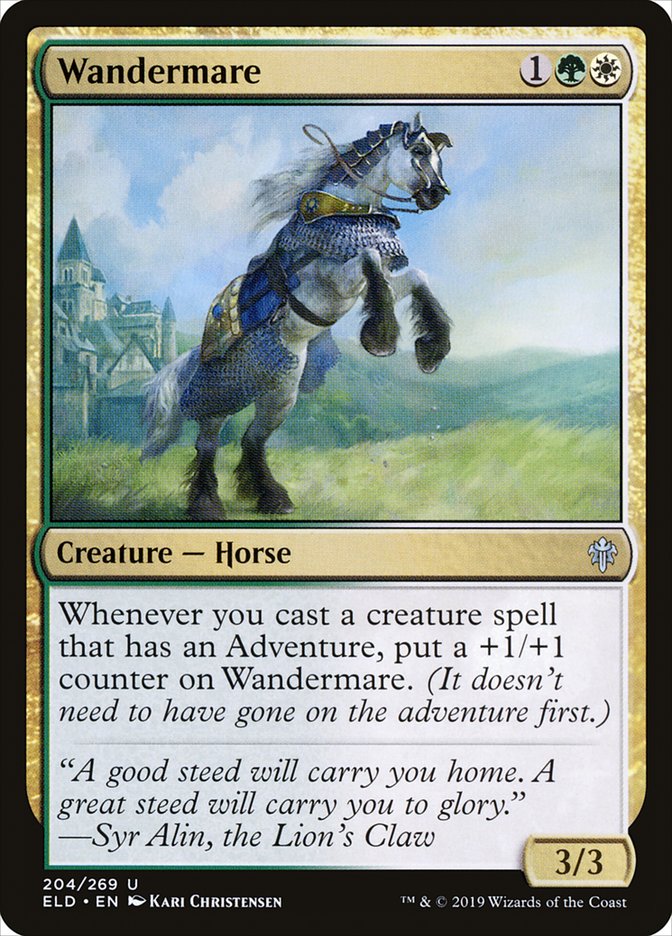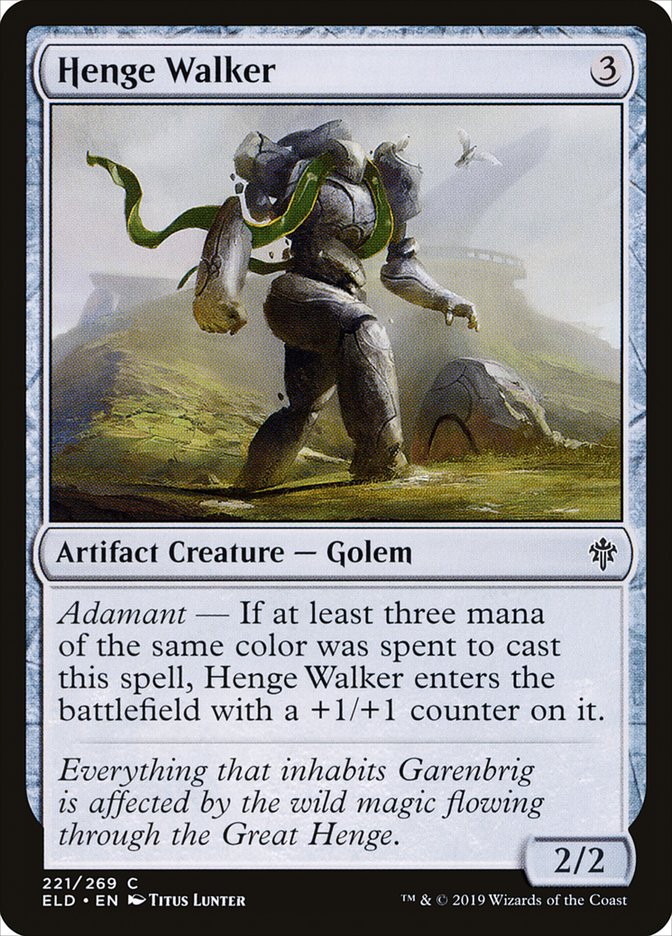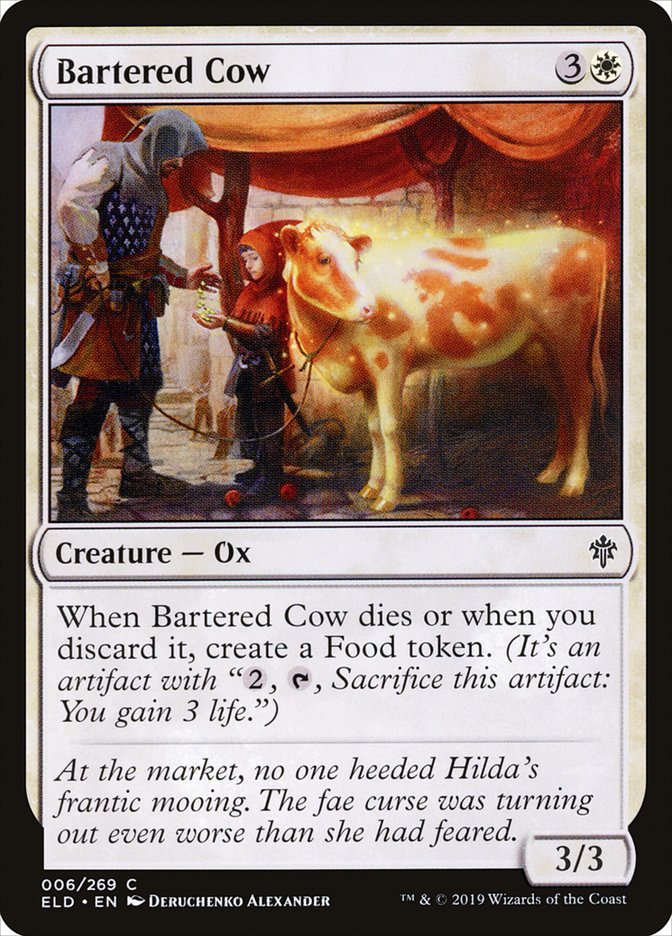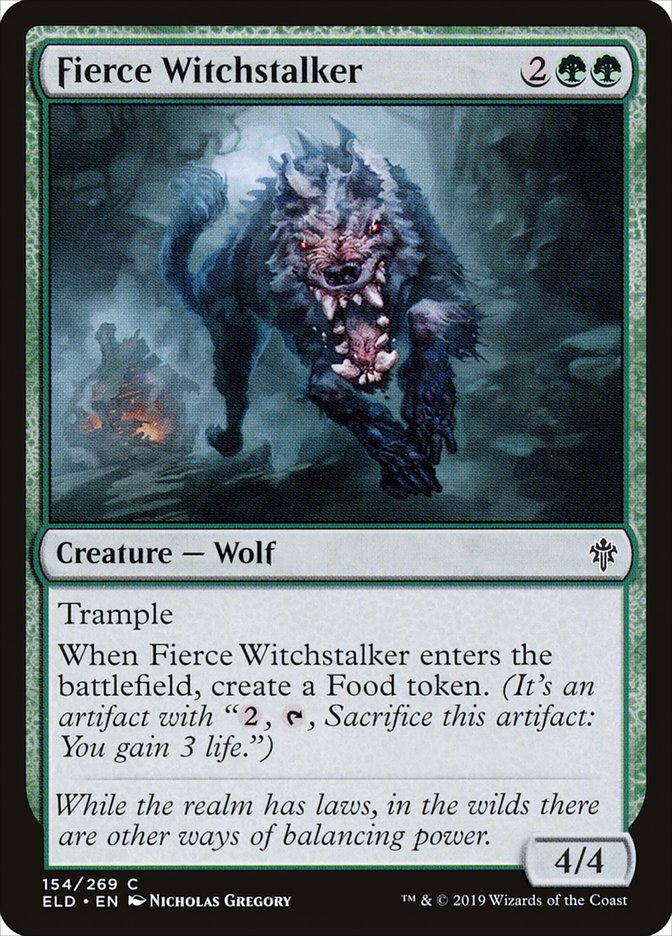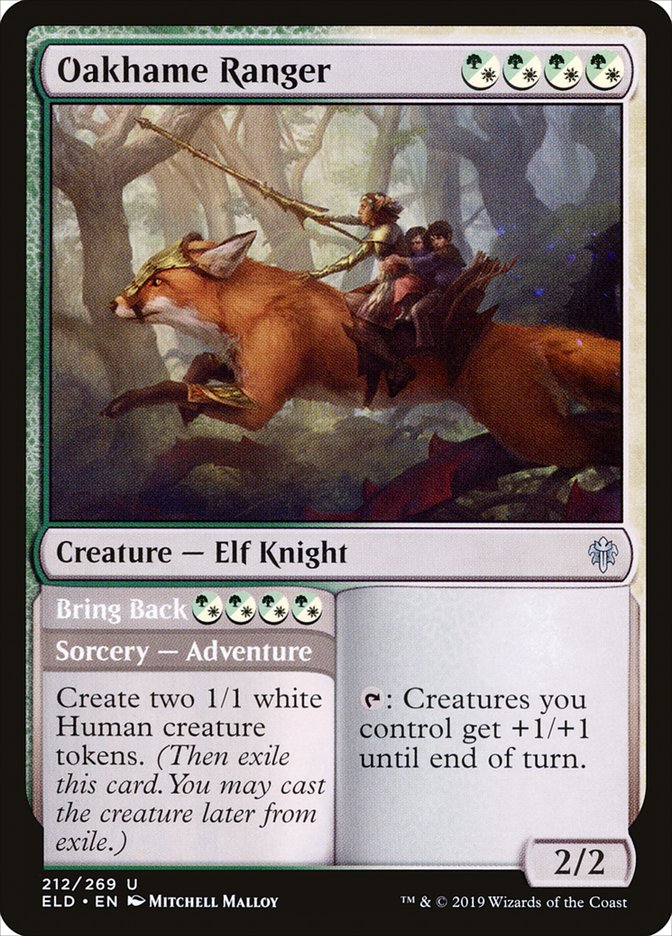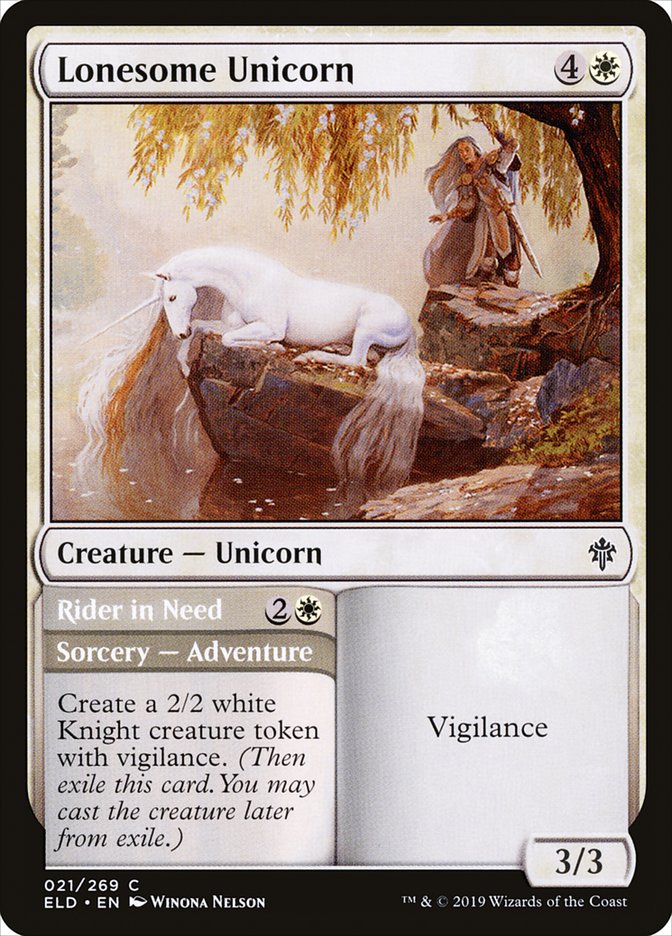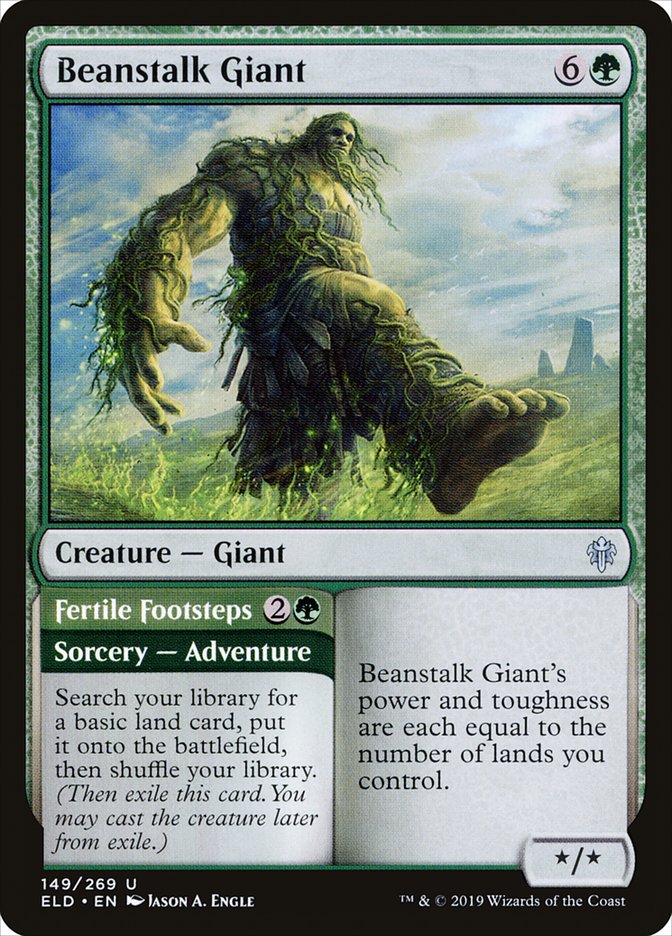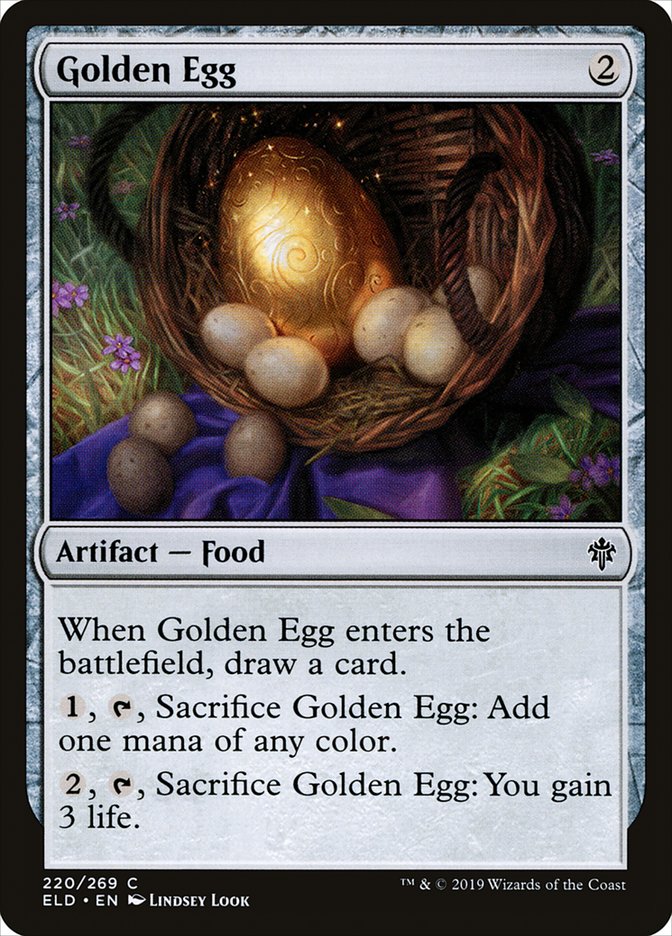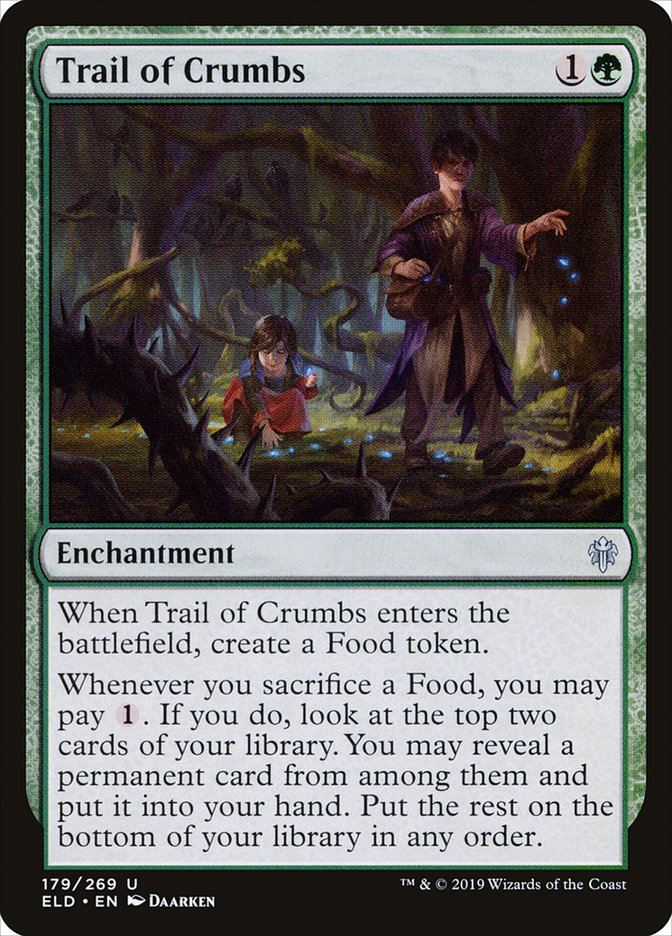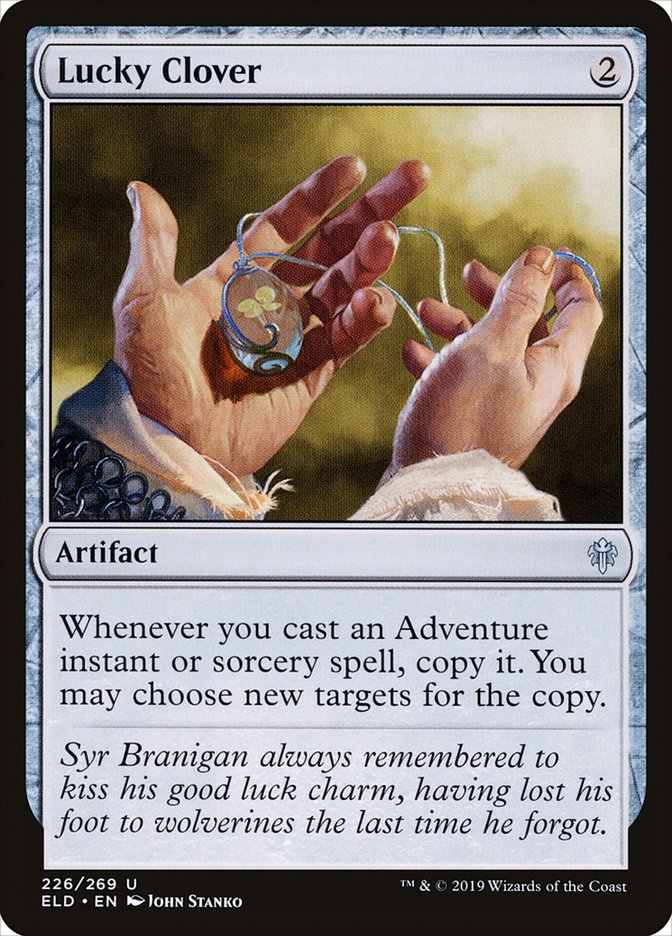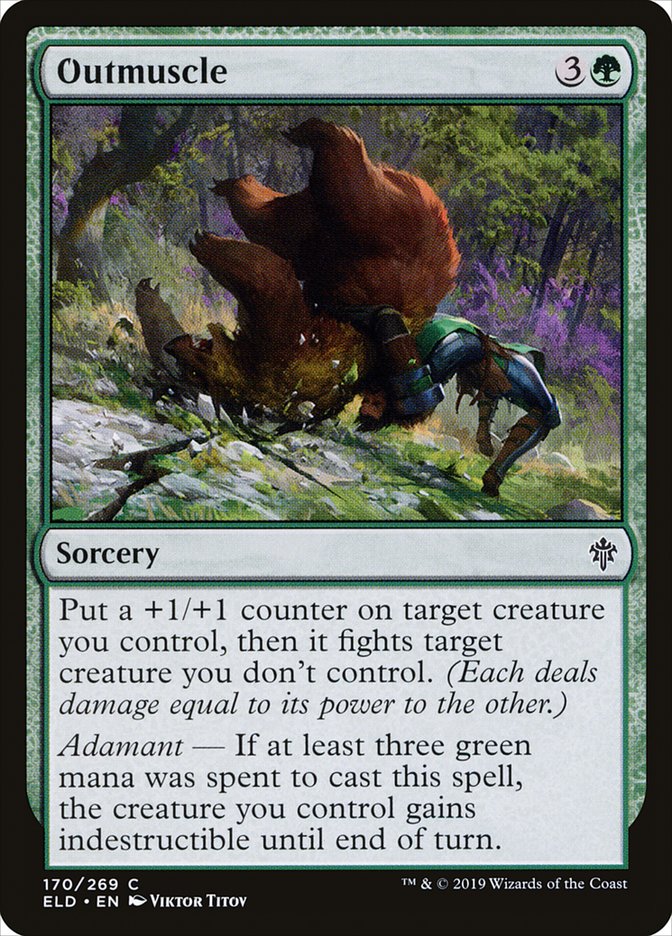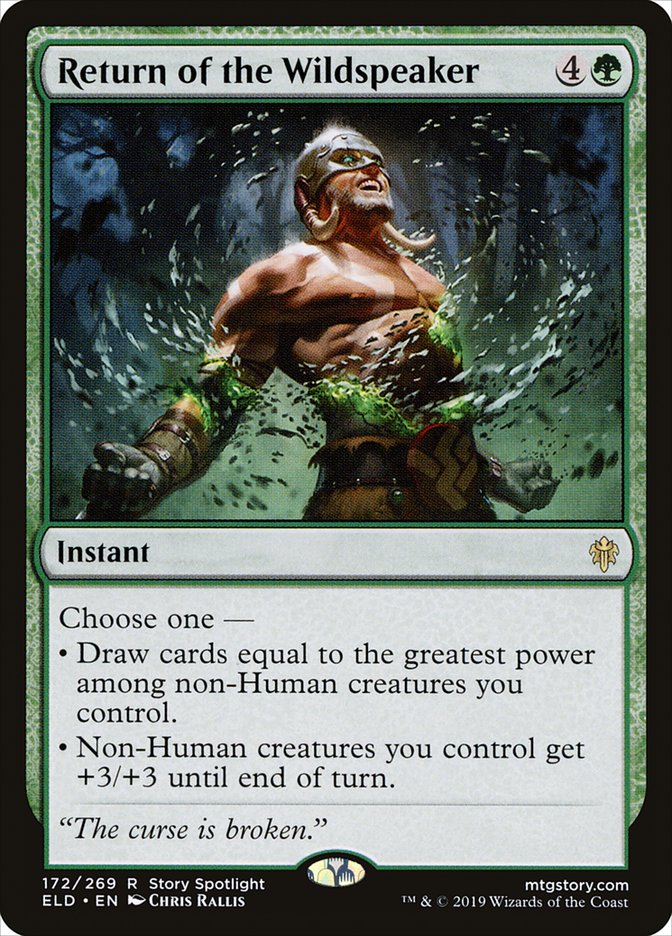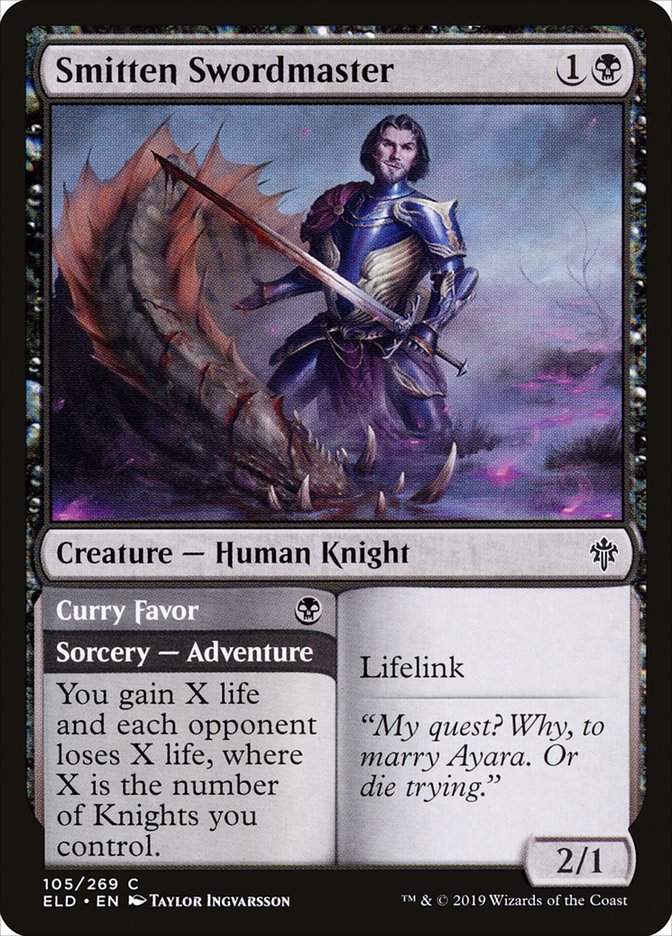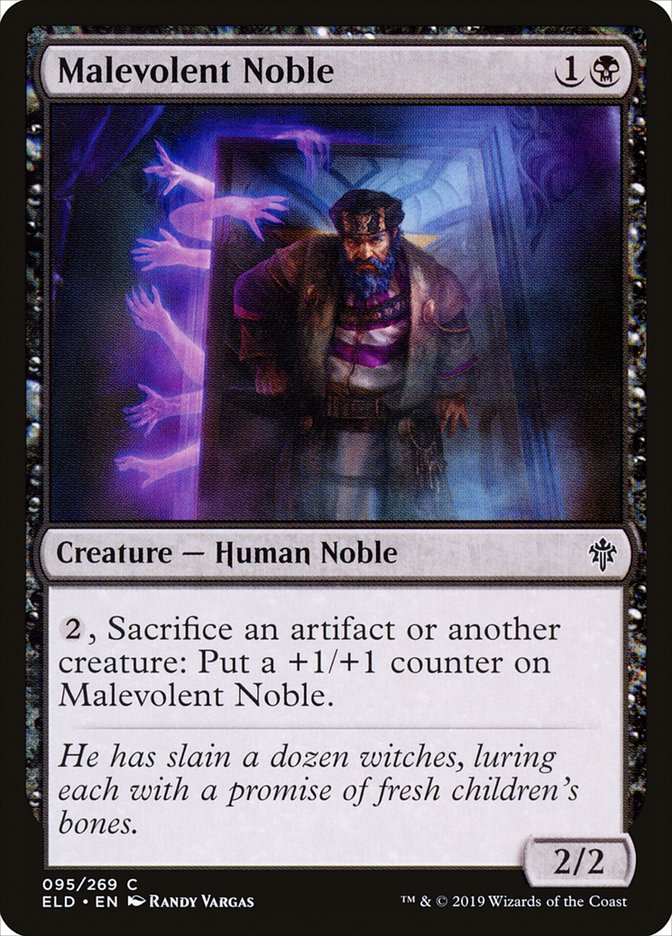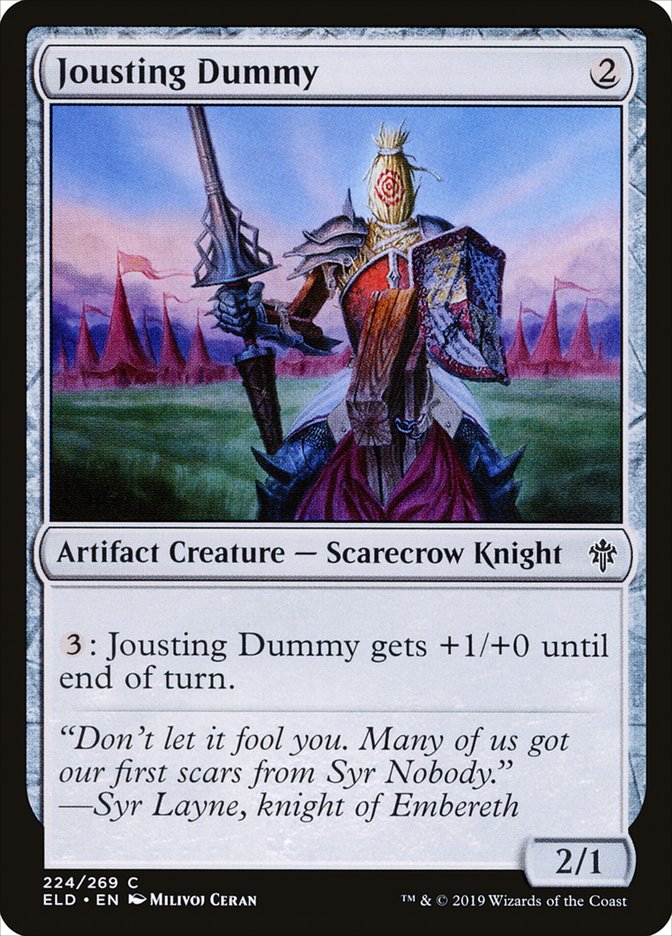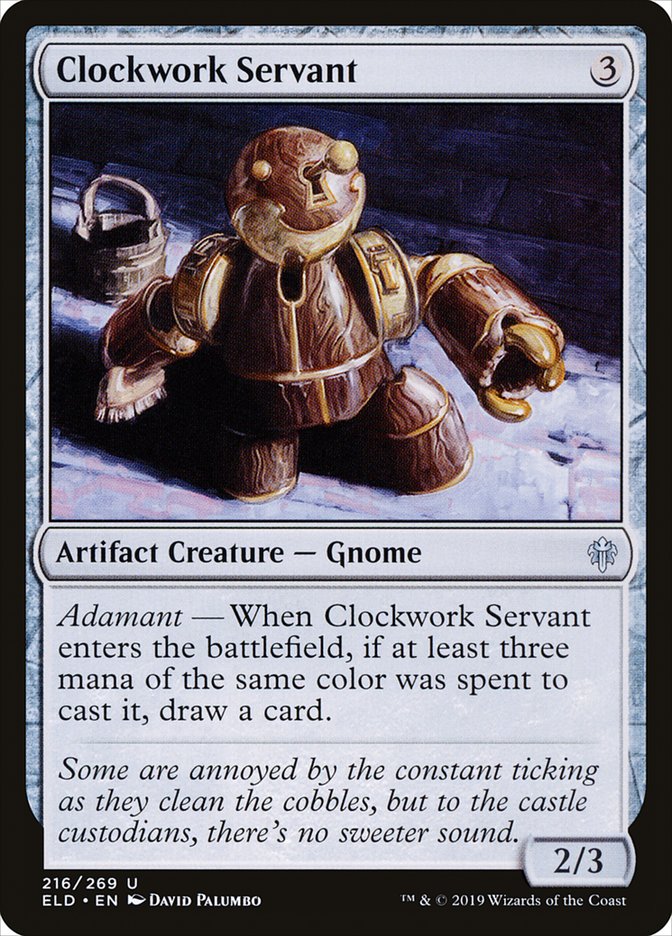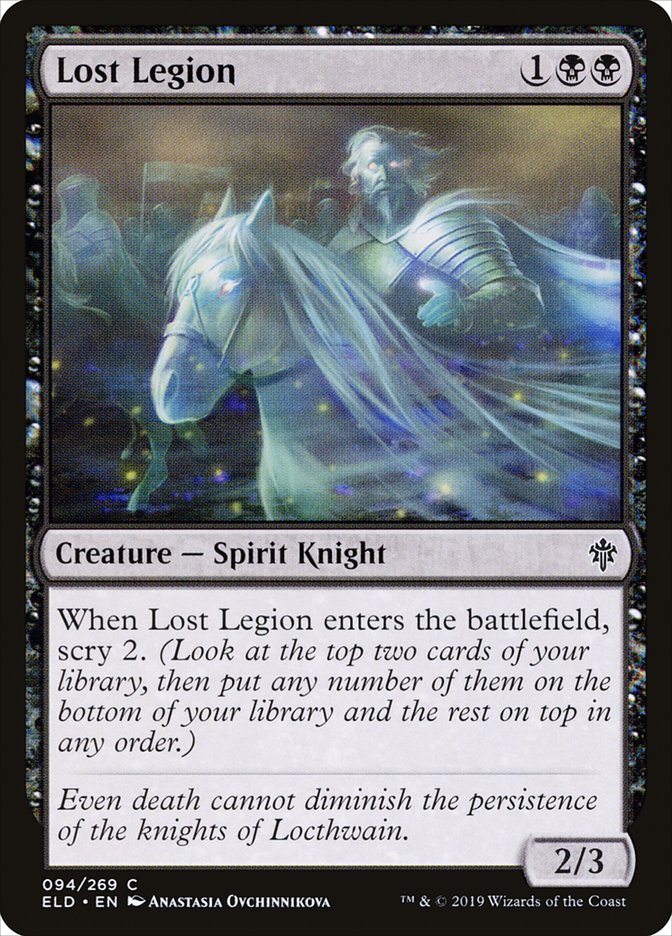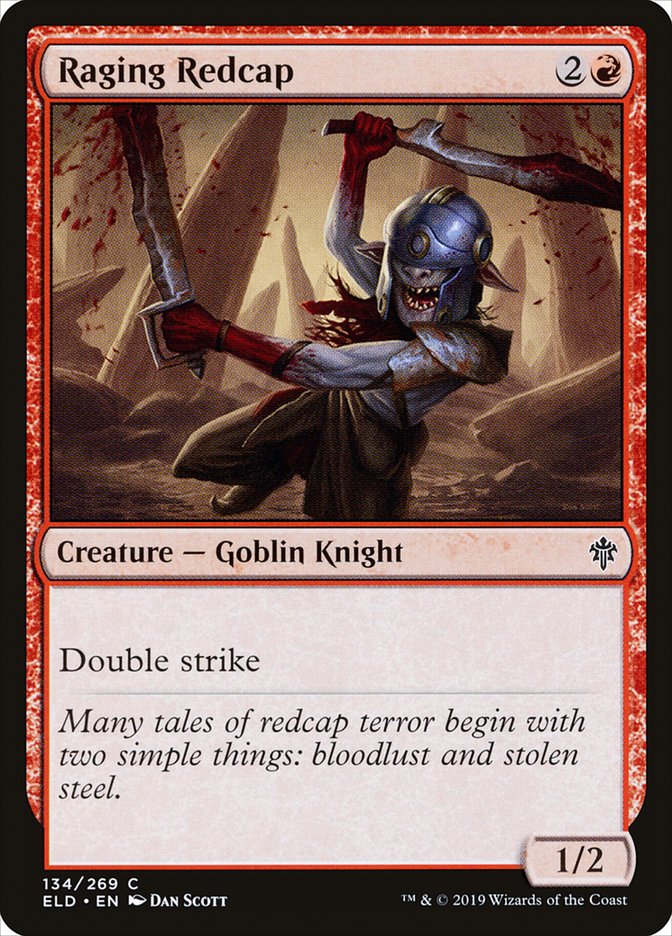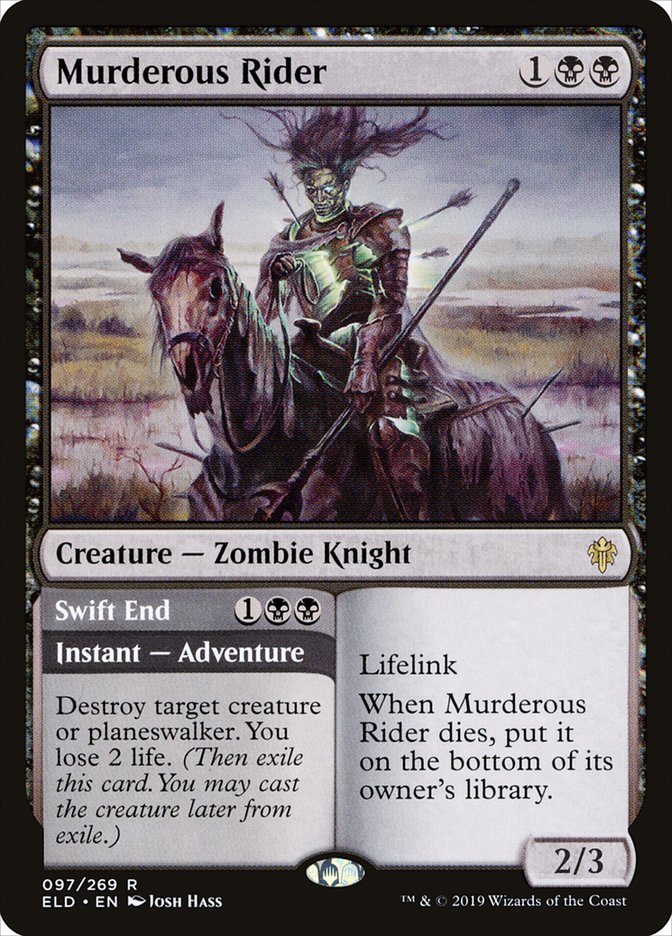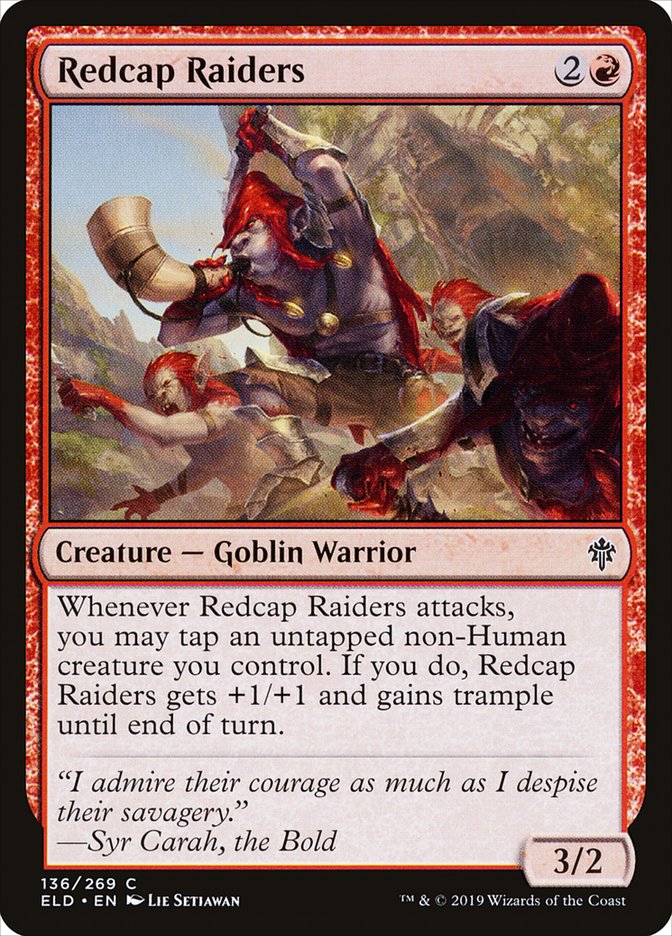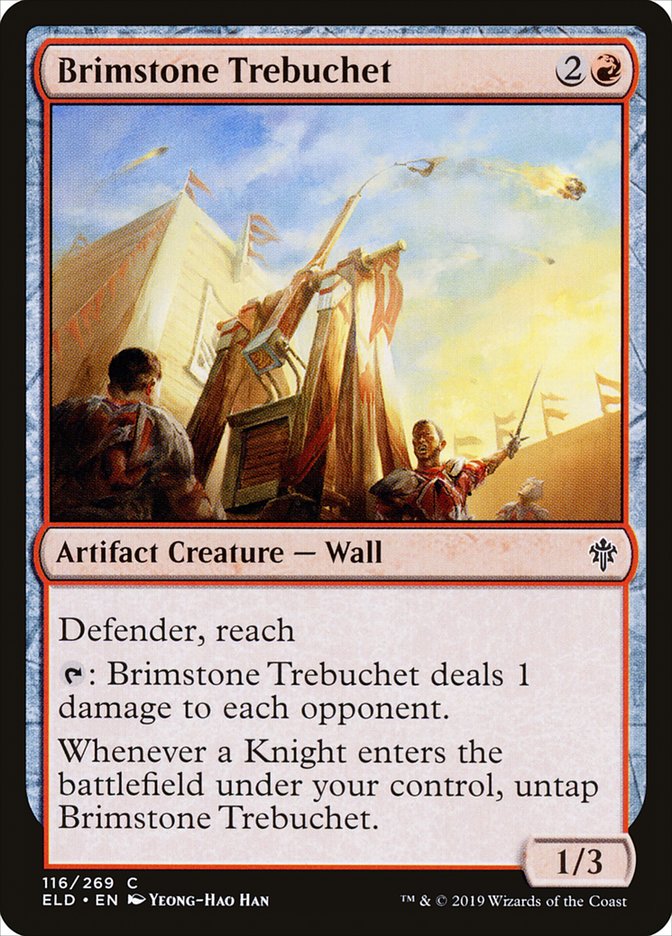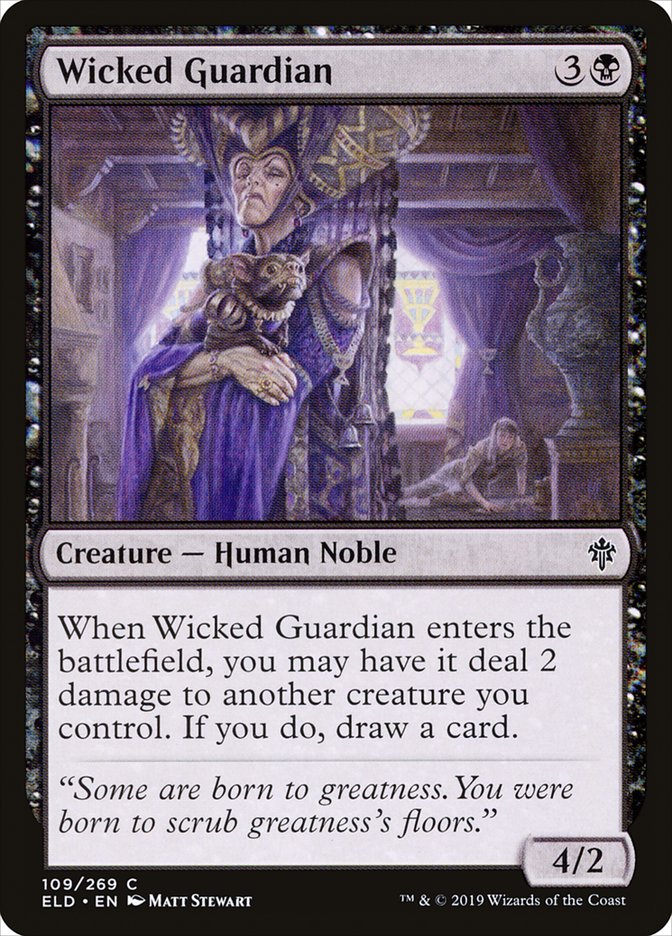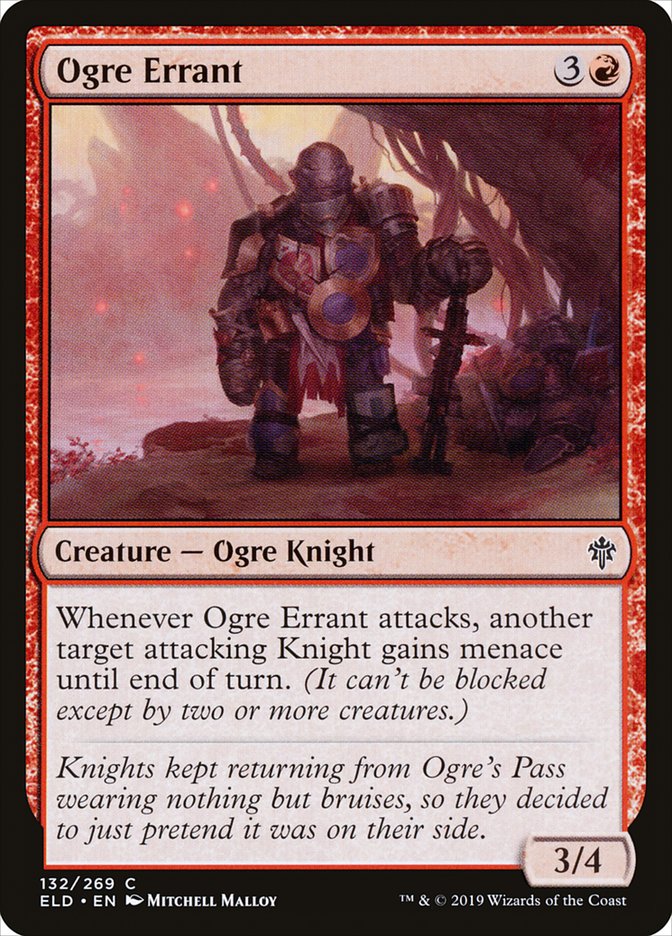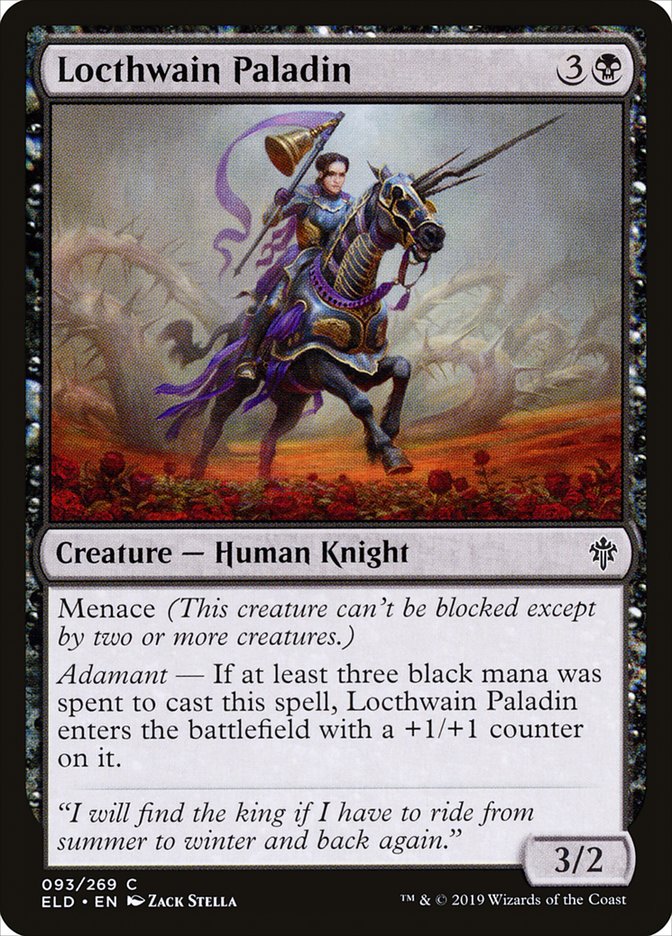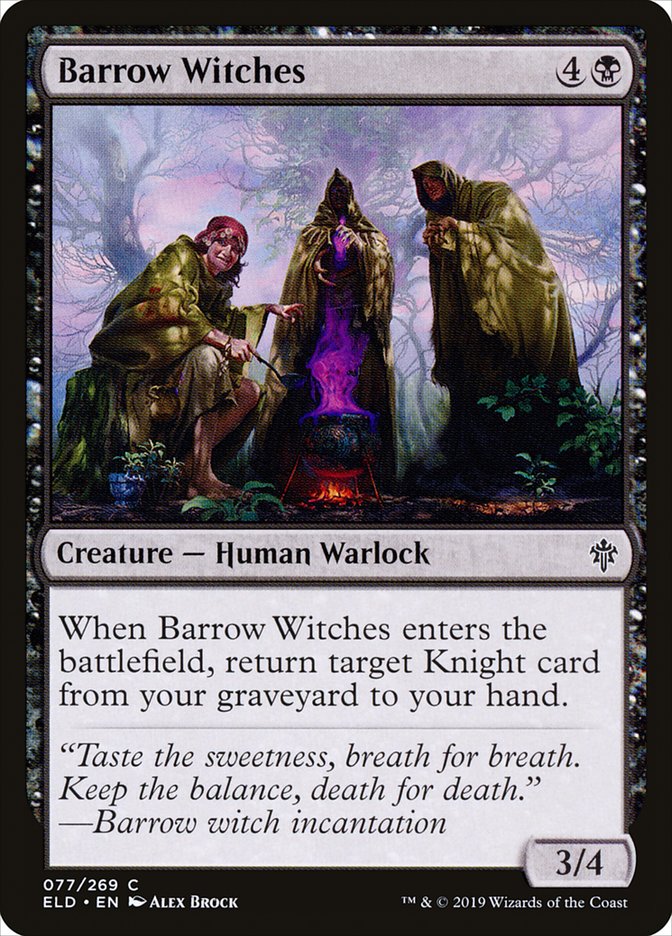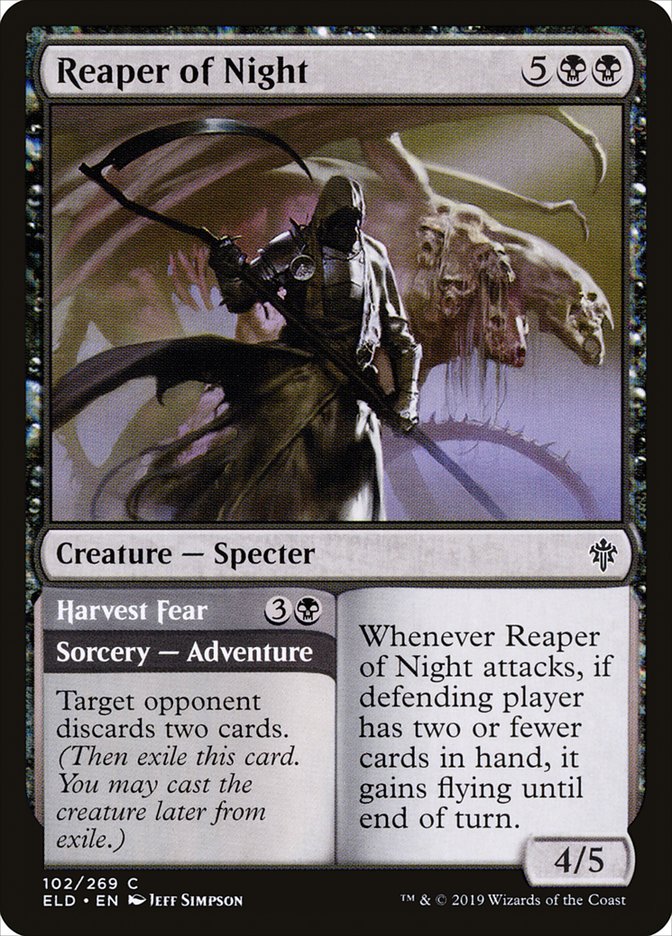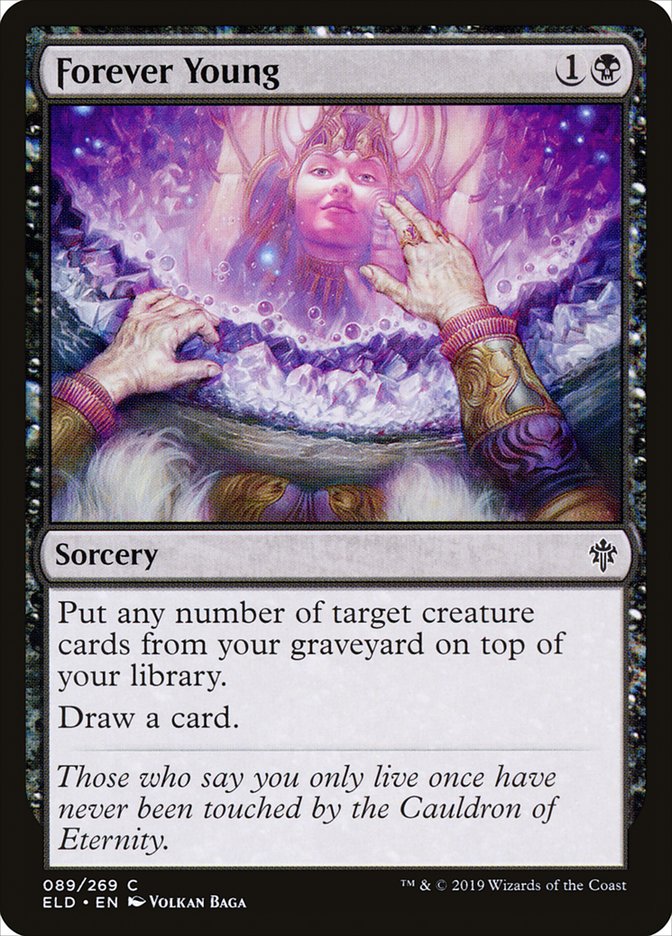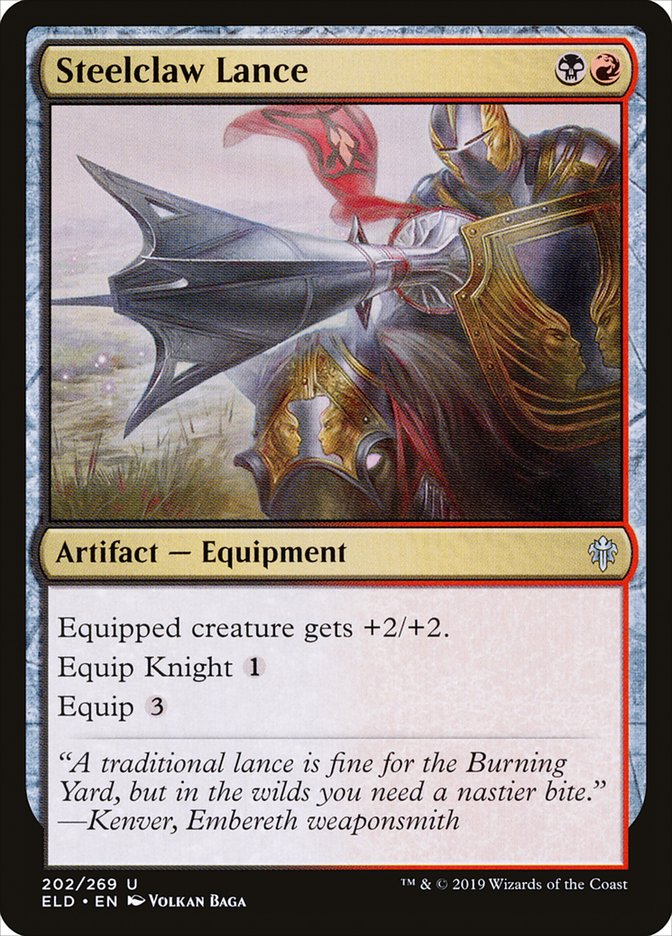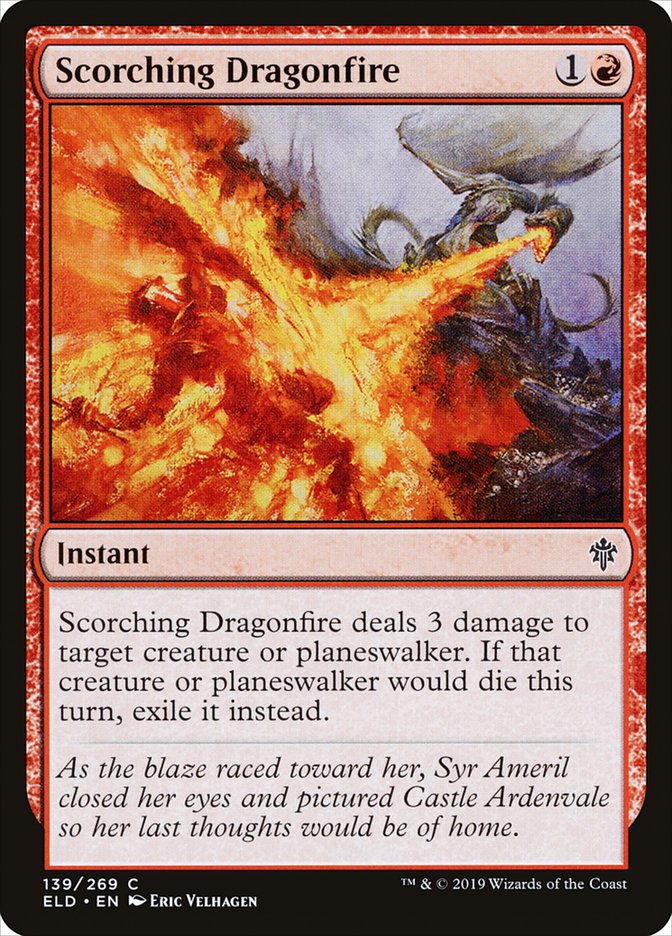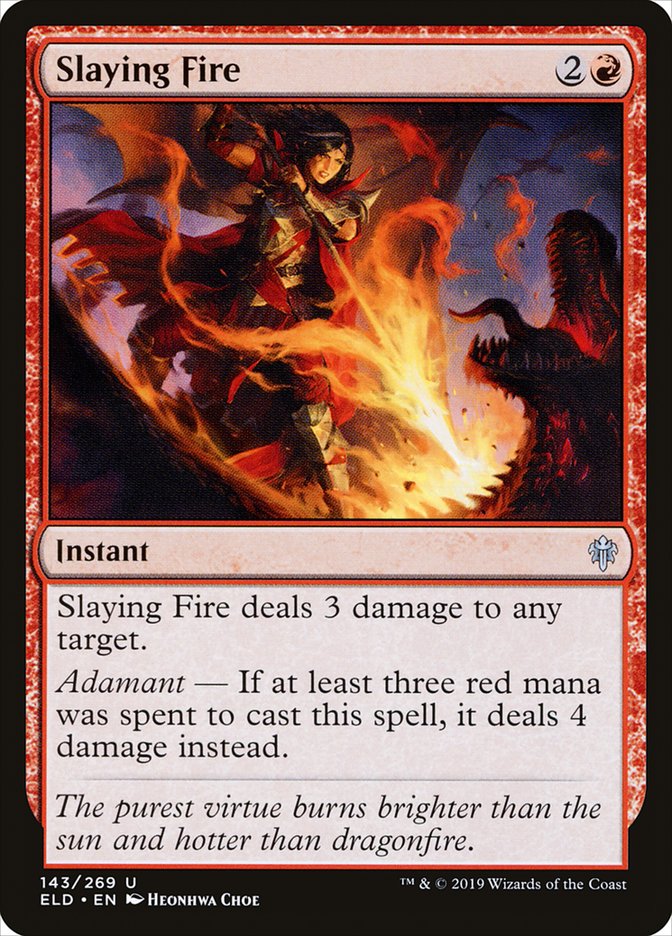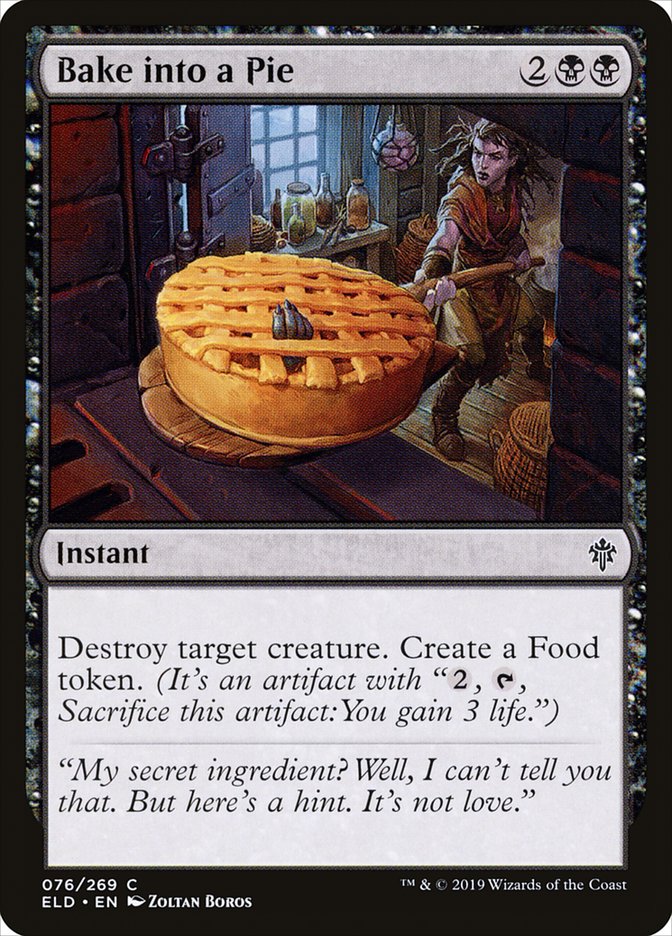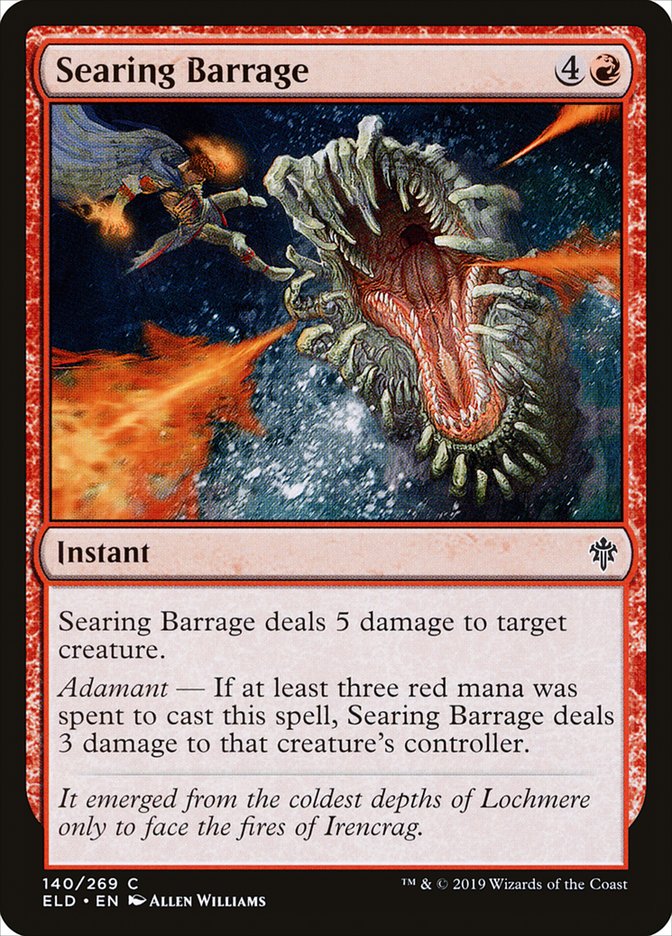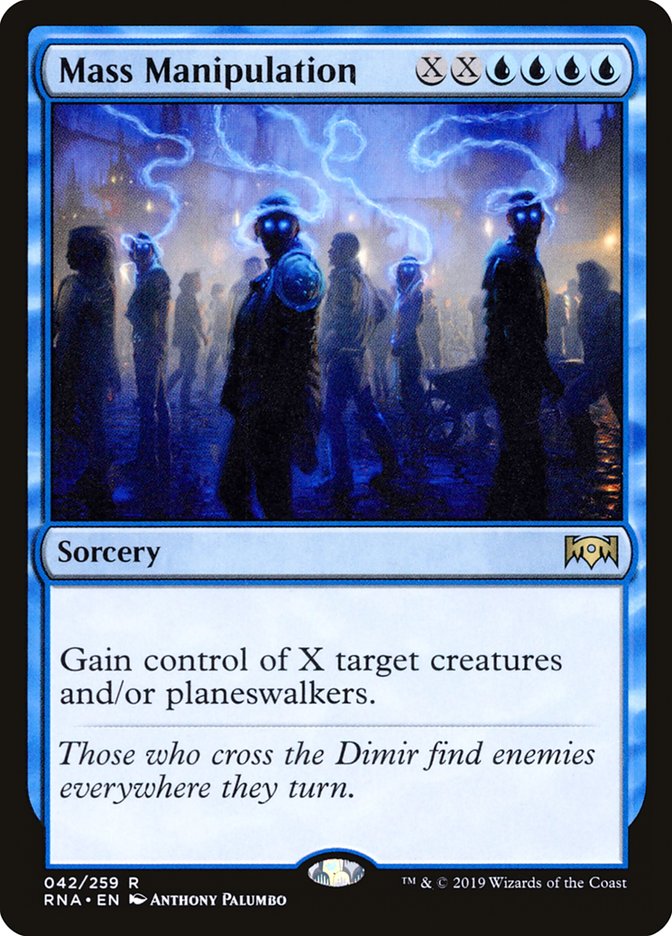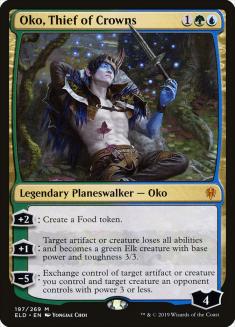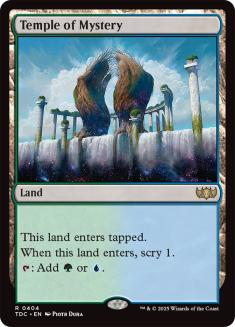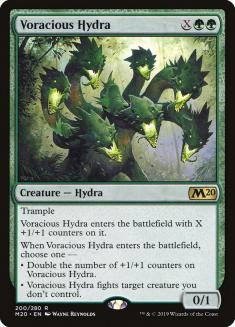When this year started, I made it my goal to qualify for the MPL next year. A string of solid but unspectacular tabletop and MPL Split results, coupled with a disastrous performance at the Invitationals, meant I arrived at Mythic Championship VI tied for 20th place in the MPL. This meant that Mythic Championship VI and VII were “do or die” tournaments for me. I needed either a great result in one of them or solid results in both, or I would almost surely get passed by someone else.
Testing for Mythic Championship VI was different in a lot of aspects. First, our team was quite a bit smaller than normal. We were used to testing with upwards of twenty people, and now we had “just” eleven. Here are the members of our crew:
- Paulo Vitor Damo da Rosa
- Ben Weitz
- Mike Sigrist
- Matthew Nass
- Martin Juza
- Ondrej Strasky
- Grzegorz Kowalski
- Ivan Floch
- Andrew Baeckstrom
- Sam Pardee
- John Rolf
The second way this tournament was different was that the format was already pretty much explored. I had already played Mythic Championship V and an MPL split, and though the format for Mythic Championship VI wasn’t the exact same, the decks weren’t very different and I already had practice with them. Everyone knew Oko decks were the best and Oko decks kept winning things, which validated my own personal results that they basically had no bad matchups. I arrived in Richmond on Saturday knowing that I would very likely play an Oko deck, which is something that virtually never happens. This meant I spent a lot more time than usual actually practicing with my deck, rather than trying to find something new to play, and I think that translated into both having a better list and playing it better.
The third way this time was different was that I made a point to work on my emotional / psychological state before the tournament. I know I am a good technical player – always have been – but I also know that I am my biggest enemy and I often sabotage myself in tournaments when I have a streak of bad results (either in general or inside of the tournament). The way it usually goes is that I practice a lot for some tournaments and don’t get there, and then I start thinking “Well, if practicing isn’t helping, I might as well save the time,” and then I don’t practice and obviously do worse, ending up in a spiral of defeat and disappointment that’s very hard to climb out of.
I also have a tendency to mentally give up when I’m not doing well. If I start 0-2 or 0-3, I’ll almost never play well in my fourth match. I’ll adopt a “hope they don’t have it, I guess” mentality that basically never works. This time, I knew I couldn’t afford that. I wasn’t playing this tournament to win it; I was playing it to qualify for next year’s MPL. I needed to get points, and Top 16 and Top 32 can give you a lot of points. Going 0-4 and mentally admitting defeat was not a luxury I could afford. My wife and my mother were both super-helpful in this regard by drilling into me that I needed to take things one step at a time rather than getting desperate after a couple of losses.
Testing went very smoothly. We mostly alternated between drafts, Oko mirrors, and visits to the Secret Sandwich Society. I really did almost exclusively play Oko mirrors, because my main priority was figuring out which version of Food was better there: Sultai or Simic.
Conventional wisdom would tell you that Sultai is better in the mirror. After all, Noxious Grasp is simply a better card than Aether Gust and the life loss rarely matters in that matchup because everyone has to attack the planeswalkers. After playing a lot and watching tournament results, however, I wasn’t so sure. Shota had won the MPL split with Simic, a Simic deck had won Grand Prix Nagoya, a Bant deck had won in Lyon, and the data actually showed Simic to be favored in that matchup across the tournament, even if by a small amount.
Personally, I could find no difference between the two lists. Every time I played a set, with any version of the deck, it always ended up even when everything was said and done. The good cards were the most important by a lot, and the rest of the deck was good or bad in different situations, and that applied to both builds.
Given that I couldn’t find a difference in mirrors, I had to figure out which list was better in other spots. This is what I thought:
- Sultai is significantly better versus Selesnya Adventures and slightly better versus Golgari Adventures.
- Simic is significantly better versus Mono-Red Aggro, Temur Reclamation and Azorius Control.
Earlier in the month, I expected people to play more Adventure decks to try to beat Food. However, with the emergence of Sultai as the most popular built, it made sense people would shy away from that and instead try to exploit the maindeck Noxious Grasps. Therefore, it made sense to me to play the Simic version. Besides, I enjoyed playing it a lot more as I’ve always had a soft spot for 3/1 flash flyers for 1UU. I don’t usually use “I enjoy playing this deck more” as a deck selection tool, but when everything else was so close, it felt like an appropriate tiebreaker. So I jammed Simic the entire time, whereas the rest of our time was somewhat split between the builds.
One day before deck submission, our team found some technology that gave me pause: Fae of Wishes in Sultai. There was always a lot of debate in what should occupy the “expensive slot” in the deck – Liliana, Dreadhorde General, Casualties of War, Garruk, Cursed Huntsman are all common options – and Fae of Wishes seemed far and away the best option. First, it’s a card that you can just play against aggressive decks, and that’s invaluable. Instead of having a Liliana that you will literally never cast, you get a cheap flying blocker. It turned out that, with everything being a 3/3 Elk (and sometimes a 3/3 land or a 3/1 Brazen Borrower), a 1/4 blocker was actually very well sized for the format.
Second, it offered flexibility other people didn’t have. It allowed us to play two copies of a maindeck planeswalker, but also Casualties of War, sweepers like Ritual of Soot and Find // Finality, and situational bombs like The Elderspell. Even having access to cards like Duress, Negate, and Veil of Summer in Game 1 was occasionally good. Traditional Sultai versions, for example, often have to just pray their opponent doesn’t draw their Mass Manipulation, but with Fae of Wishes you could just find Veil of Summer and lock up the game.
In the end, I knew I liked Simic more than Sultai if we were playing stock lists of both, but I wasn’t sure if Fae of Wishes would put Sultai over the top. In a tournament where everyone is playing the same deck (and playing against the same deck), having a unique factor can make all the difference. In the end, I felt it was too late for that. I had already tested the entire week with Simic and I knew it was good, whereas Fae of Wishes could be great but could also just not be good enough and I didn’t think I’d have enough time to find out in one day. So, this is what I registered:
Creatures (19)
Planeswalkers (8)
Lands (25)
Spells (8)

It’s a fairly standard list, with 25 lands and Mass Manipulation as a mirror trump. I felt Mass Manipulation was a very strong, but also a very vulnerable card, so I didn’t want to dedicate my deck to it entirely by playing 26 lands and cards like Growth Spiral, because I worried this wouldn’t be good enough for Game 2 and Game 3 once my opponents could react to it. The French deck from Lyon circumvented that by bringing in Teferi, Time Reveler, but my plan was to just trim or cut them in the mirror to play around my opponent’s Veil of Summer and Negates.
On Thursday, we had our Limited meeting, which was also a bit different from normal due to having fewer people. There are usually a lot of parallel discussions happening and this time it felt a little more focused. Here’s what we thought about the format:
- Monocolored and two-colored decks were both acceptable. Some cards (like Torbran, Thane of Red Fell) really pulled you into monocolored, but most decks ended up one color with a splash; a 13-4 or 12-5 manabase was quite common.
- Blue and green were the two best colors, as they were both incredibly deep and blue, in particular, also had good rares on top of being deep at common. White and red were the worst colors because they were much shallower. The difference in commons really was stark, with all the blue and green cards working well together and the seventh-best blue common being of a similar power level to the third-best white common. That said, every color was draftable if you were in the right seat for it and you should never make it a point to avoid a color altogether (just draft what you’re given).
- The best blue common was Merfolk Secretkeeper, because everything else was kind of replaceable. The draw spells were all good but there were two at common and one at uncommon and they were all of similar power levels so you could usually get them later.
- The best white common was Ardenvale Tactician by about an order of magnitude.
- The rares in this set were truly very strong and over half of them should be picked over anything else.
- The best decks were Blue-Based Mill (or Mono-Blue), Green-Based Aggro (or Mono-Green), and Selesnya Adventures. Gingerbrute or Flutterfox with Rosethorn Halberd was a surprisingly powerful combo.
Past that, we spent some time discussing unusual card interactions from the set – it is quite a complicated set and there are things worth knowing. For example:
My first draft started well. I took Return of the Wildspeaker first, which I think is better than any non-rare. I had one interesting fork where I could have taken Merfolk Secretkeeper but opted for another green card that I felt was much more suited to what I had. I ended Pack 1 with green as a base color and with one card in each other color, which is incredibly common for me in this draft format. I was then passed a second Return of the Wildspeaker and I knew I was going to have that as my theme. My intention was to draft a super-fast deck with Gingerbrutes and Flutterfoxes, but I ended up getting two Beanstalk Giants and my deck ended up more midrange. Here’s my first draft deck:
I thought it was overall a good deck. Everyone I showed the deck to laughed at the Bartered Cow and commented stuff like “I’ve never even considered playing this card,” but this feels a bit short-sighted to me. Bartered Cow was perfectly fine in my deck, as it filled my curve in a spot I didn’t have much to do, it was a non-Human card to get boosted by my two Return of the Wildspeakers, and I also had things to do with the Food it would leave me. Honestly, I might have played a second Bartered Cow if I had access to it. Obviously it’s not going to be as good as an actually good card (like Fierce Witchstalker) but if your approach to a card like Bartered Cow is that you’ll “never ever play it,” then I think you’re missing out in spots in which it’s actually playable (which I believe this deck to be).
My first match was one of the most entertaining of the entire tournament. My opponent was playing Mono-White and I won a close Game 1 race. Then, in Game 2, we got to a huge battlefield stall except my opponent was attacking me with a flyer. At some point, with thirteen cards left in my deck, I cast a Return of the Wildspeaker for thirteen (due to having a 13/13 Beanstalk Giant). I drew my entire deck, cast Lucky Clover, and Adventured two Faerie Guidemothers to attack for lethal.
The other two matches were a bit less interesting, but I managed to win both to find myself at 3-0 going into the Constructed rounds.
The Constructed rounds were a bit of a blur, since most of them were mirrors. I had two big secrets to winning the food mirror:
1. Don’t keep any medium hands, especially if you’re on the play. I cannot stress how important this is. It’s the most important thing you can do in the mirror to increase your chances of winning.
For many, many years, we played with a different mulligan rule, first the Paris mulligan and then the Vancouver mulligan. Now we’re playing with the London mulligan, and that requires a rewiring of what we consider a keepable hand to be. With the old mulligan rule, I feel like I mulliganed every hand that was bad; with the new mulligan rule, and especially in this deck, I mulligan every hand that isn’t good. This might not seem like much of a distinction, but it is – a “medium” hand is just not enough and you should always strive for a great hand.
The reason this is the case is not only because of the London mulligan, but also because of specific characteristics of this deck. The planeswalkers – Oko, Thief of Crowns in particular – are so powerful if they come down early that they can recoup any potential card loss you had while you were trying to find them. With eight mana creatures and four Once Upon a Time, it’s also easy to mulligan into an accelerant.
You saw me mulliganing to five in Game 5 both against Sebastian Pozzo in the semifinals and against Ondrej Strasky in the finals, but this doesn’t tell the whole picture. I actually mulliganed to five many more times than that throughout the tournament in mirror matches – against Pozzo, I mulliganed to five all three games that I was on the play and I won two of those. I also won two other mulligans to five on the play in the mirror in the Swiss and lost to Oscar when he mulliganed to five on the play.
This is not because I am unlucky and never draw good hands. It’s because I identified that having the right five cards on the play was more important than having the wrong seven and you should never settle for mediocrity. To give you an idea how extreme I believe this is, during our practice games I almost lost a game to a mulligan to three just because Ben Weitz went Turn 2 Oko.
On the draw, I still mulligan a reasonable amount, but not as aggressively. This is because I feel like. on the play, a good five-card hand can snowball the game enough that you’ll get to a point where you don’t feel your two-card deficit, but on the draw this will almost never happen. On the draw, I’m more likely to keep a hand that’s average and hope it’s enough because I think winning on five is too hard.
2. Don’t ruin your deck after sideboarding.
My sideboarding throughout this tournament was very minimal. As I wrote in my Food article two weeks ago, if there was something I believed was great in the mirror, I would be maindecking it. This deck plays all the good cards and it has a coherent strategy and I feel like a lot of people just sideboard because they feel like they should. My default in the mirror is to sideboard in zero cards, unless one of these three things is happening:
- I have a card that I consider much better on the play or on the draw. If that’s the case, you can make that swap when it’s appropriate. For me, it wasn’t the case this tournament; obviously a card like Nissa, Who Shakes the World is much worse on the draw, but that’s because on the play it’s broken and on the draw merely good. Some people consider cards like Wicked Wolf to be bad on the draw as well (I know Ondrej Strasky did, for example), but I do not subscribe to that philosophy.
- There’s something in their list that sets it apart from the norm. For example, sometimes people have three or four big spells in their deck; then you might want some sort of counterspell. When I played versus straight Simic with four Brazen Borrowers, I was less inclined to have Mass Manipulation in my deck because they could bounce their card back.
- The way they sideboard is going to affect what cards you should have. The biggest example of this was when I sided out Mass Manipulation in mirrors, because I assumed my opponents were siding in Veil of Summer or Negate. My most common swap throughout the tournament was simply -1 Mass Manipulation, +1 Gadwick the Wizened. This way, I kept my “X spell” advantage but was less vulnerable to counterspells and Veil. This also came into play in the finals. I knew Ondrej hated Wicked Wolf on the draw and liked Negates, so I sideboarded in Questing Beast. Had I not known this for a fact I would not have brought it in and he was the only opponent in the tournament I did this against.
After three mirrors, a Fires deck, and a Gruul deck, I ended Day 1 at 7-1, which I was very happy about. Then came the next draft and it was a bit trickier than the previous.
My first pick was Murderous Rider, which, like half the rares in the set, I consider to be better than any common or uncommon. I then picked some white and some red cards to complement my black ones, until I hit the key point of the draft when I was forced to choose between Acclaimed Contender and Steelclaw Lance. I figured Acclaimed Contender would be very good in Orzhov Knights, since I already had two great targets (Murderous Raider and Ardenvale Tactician), but ultimately I decided I was just more likely to be Rakdos than Orzhov at that point, and took the Lance (which is probably a stronger card anyway even in a good Acclaimed Contender deck).
By the end of the draft, two things worried me. First, I was incredibly scared of a Mono-Blue deck beating me since I hadn’t seen much blue in the draft, but I had passed some very late blue cards, such as twelfth-pick Into the Story in one direction and thirteenth-pick Merfolk Secretkeeper (!) in the other. I strongly considered hate-drafting the Secretkeeper, but I assumed the very late Into the Story from the previous pack was strong signal no one was playing that deck, so I took a card for my deck instead, though I ended up regretting it.
The second thing that worried me was my ability to win the game. I had a lot of good removal, but some games can get quite grindy and I needed a way to beat anyone who had card advantage; otherwise I’d 1-for-1 myself into oblivion. I picked up some cantrip creatures and a late Forever Young and then I was set. Here’s how my deck turned out:
I agonized a little with this manabase, since I had adamant cards in both colors, but ultimately dealing them three damage with Searing Barrage didn’t seem as important as being able to cast my Lost Legions on Turn 3.
My first two matches were, to my dismay, against blue decks, but fortunately not the blue deck I was fearing – they were both artifact-based, which was much better for me than the mill variant that I felt my deck could almost never beat. I beat both of them, until I eventually lost to Josh Utter-Leyton’s Selesnya Adventure deck.
I lost my first match of Constructed on Day 2 to a Sultai deck and then beat two more mirrors and Jeskai Fires. I arrived in Round 16 at 12-3, and a quick look at the standings meant it was going to be a clean cut, so if I IDed I’d be in for sure. However, there were three people who could still get paired up against me and these people wouldn’t be able to ID, so I wasn’t yet locked.
Pairings went up and I was at Table 1. This meant I was not paired down and, in fact, would be able to ID. I rushed to my table, grinning my leonin grin, until my opponent told me that he actually did not want to ID. He wanted to play because he wanted to eliminate me. There are many upsides to being a famous Magic player, but it turns out there are downsides as well.
This was very unfortunate for me and I was disappointed since I assumed I was going to just ID like the other tables next to us, but obviously it’s my opponent’s right to not ID and the only reason he could do that to begin with was because he had a better record. So, I started playing. I won the die roll and drew a perfect hand, and Game 1 was over in minutes. My opponent then reconsidered, said he felt bad about it, and offered me the ID, which I gladly accepted.
I ended at fifth place, which meant I was going to play against Andrew Cuneo’s Selesnya Adventure deck. I felt that was the worst matchup for me in the Top 8, since it was the one match I had sacrificed in order to play Simic versus Sultai, but even then, my deck was so powerful that I knew I would never be a big dog to anything.
We arrived very early at the tournament site and then my teammates helped me practice the matchup. During that, we learned a couple of quite interesting things that contradicted what I assumed was common wisdom:
- Mass Manipulation wasn’t that bad versus Selesnya Adventures. I assumed this was an automatic cut, but some games tended to go quite long and having a powerful X-spell was often the best way to win the game.
- Negate was quite good. You wouldn’t think that, since Selesnya Adventures is just a creature deck, but a lot of the creatures are also spells, as are the cards that win them the game. Some games Negate isn’t going to do anything, but in my experience these are the games you weren’t winning anyway: the Edgewall Innkeeper into five creatures plus Venerated Loxodon hands, or the double Innkeeper hands. Negate helps you win the games you can win by countering Unbreakable Formation, March of the Multitudes, Conclave Tribunal, or Flower // Flourish.
The games themselves didn’t play much like my practice games; his hands were always somewhat slow and I didn’t have many problems with the first two games. I assumed the first two were going to be the hardest, since his deck hardly improved and mine improved a bit (the Voracious Hydras were at least very good at giving me outs to an early Innkeeper), so I liked my chances a lot after the first two games.
At some point during these games, I double-blocked a 5/5 with two 3/3 creatures and put both in the graveyard. Cuneo also missed it, but it was eventually caught by the judges. What followed was a well-intentioned but extremely confusing attempt to rewind the game, even though we both said we wouldn’t have changed any of our plays and that I could just get the 3/3. Eventually it was resolved and I won a turn later, but we both received a warning.
Later in Game 4, we also had another issue. I was going to activate an Oko, Thief of Crowns to make another Food, but in the process of grabbing the Food I realized I would just be dead on board, so I needed to make another blocker. I ended up mistakenly turning the Food I had in my hand into a 3/3, rather than one that was already on the battlefield. This was not caught by the judges and I played the remainder of the game with an extra Food on the battlefield. Fortunately, I lost that game anyway and ultimately my mistake ended up not mattering, though later on I received a second warning.
Game 5 was very interesting. I led with Forest, Goose, and he replied with Innkeeper. I then had the option of playing Oko or a 1/2 Voracious Hydra to kill the Innkeeper.
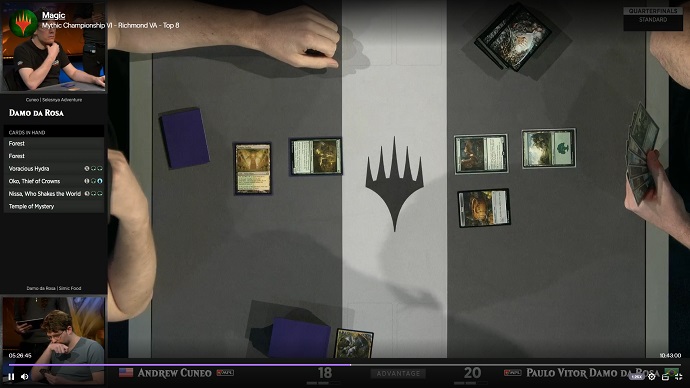
My hand is:
Normally I’d just cast Voracious Hydra, since I think killing Edgewall Innkeeper early has a lot of value, but this was a tough decision because casting Hydra delays the Oko by a lot of turns (I can’t cast it Turn 3 because I don’t have blue mana at that point, and on Turn 4 I want to cast Nissa instead). Ultimately, I decided killing the Innkeeper was just more valuable and it worked out because his hand didn’t have a lot of gas. This game was an example of the power of Oko, as my Nissa got hit by Conclave Tribunal and I drew only lands and a Gilded Goose for the remainder of the match, but that was enough to make a 3/3 a turn and eventually win the game despite casting no more spells.
The semifinals against Sebastian Pozzo was also very intense. We split the first four games, and I found myself on the play in Game 5. After a mulligan to five and a Kraul Harpooner that killed my Gilded Goose, things were looking grim, but a topdecked Nissa gave me a lifeline. Eventually, we arrived in this position:
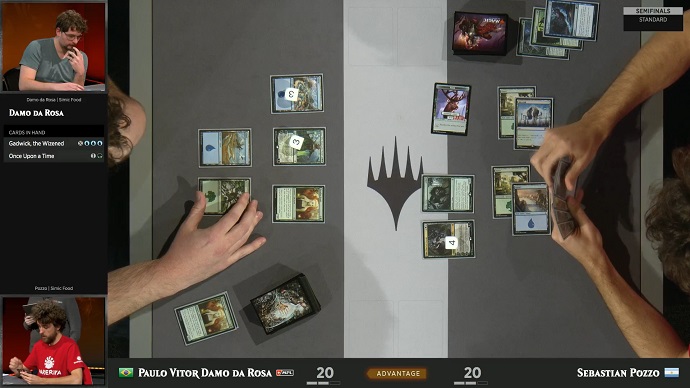
Most people would just untap a Forest and cast Gadwick for X=4, which is a pretty good play. I decided to think more about it, though. If I attacked Pozzo’s Oko, would he really block? I didn’t think he would. The Wicked Wolf is more valuable than the Island on this battlefield and my attack implies I don’t mind the trade (because if I do mind it, I just don’t attack and then it’s denied him). In fact, I would very much welcome the trade, unless I had uses for the mana this turn, since it means my Nissa is very likely to survive another turn. In this regard, the play is somewhat of a semi-bluff. I don’t want him to call, but if he calls, it’s not a complete disaster (though it is bad; I trade and then cast Gadwick for two).
The main issue here is that I could have animated a land precombat and attacked with both, but I didn’t do that. So I’m telling him that I don’t mind losing this land, but I do want to use the mana post-combat. This can be because I have two spells to cast or because I have an X-spell (likely Hydroid Krasis). If the card I have is Hydroid Krasis, it doesn’t change the amount of cards I draw (it’s a 4/4 instead of a 5/5). It’s probably not worth trading the Wolf for the land on this battlefield to shrink my Krasis for one.
So, I figured I would attack. I held my breath and pointed my land at his Oko. The moment I did it, I regretted it, but then it was too late. It was actually kind of funny how logic and emotion clashed inside of me during this play:
Logical part of the brain: “I’ve analyzed the game and because of XYZ factors I believe my opponent is likely to not block to a degree that I’ve concluded to be worth the risk. Therefore, I should attack. Attack.”
Emotional part of the brain: “Oh my God what did I do he’s gonna block for sure I just threw the game away I’m so stupid what am I gonna tell my wife when I get home?”
He thought for a while and didn’t block, and I got to cast Gadwick for four and then kill his Oko next turn. So, my play worked.
When you’re making a play like this, you have to work on cost / benefit scenarios. I know that some of the time my opponent is going to block that land, and some of the time my opponent is not going to block it. What percentage of the time do I have to think they’re going to block for this attack to be worth it? If I’m attacking them, clearly the answer is 0%, as the three damage is almost irrelevant. But three damage to Oko could be very relevant. Or it could be irrelevant in the long run. This is what makes this play very hard to judge – I don’t know exactly what I am getting in return for my risk (let alone knowing how likely he blocks with a good degree of confidence, but I imagined he wouldn’t block very often there).
If I’m going to be completely honest, I regret making that play – not only from an emotional perspective (which happened instantaneously) but also from a logical perspective after thinking about it. Okay, I don’t actually regret it, because it worked and I got to look like a genius, but I don’t think I would make the same play if I was put in that spot again. I think I misevaluated the costs and benefits because it’s just too punishing if he blocks. You could say that, when I attacked, I felt this was an attack worth making if he blocks, say, 25% of the time. Now, after looking back, I don’t think it’s worth making if he blocks, say, 15% of the time. Obviously I’m making up these numbers but hopefully this illustrates the situation.
But anyway, my play worked, I drew a bunch of cards and killed Oko, hooray. On to the finals!
The finals were going to be against my good friend and teammate Ondrej Strasky. Our lists were very similar, except he cut some of the best cards, so I felt like I had a slight edge, but nothing significant.
We split play-draw games the first three and I found myself in what I believed to be a very advantageous position in Game 4. At some point during the game, I admit I was already imagining the headlines about my win and what I was going to do with the money. Then, it all came crashing down.
There were various moments where I could have played differently (at some point I cast a 6/6 Hydroid Krasis hoping to draw a land or a two-mana spell when I could just have cast a 4/4 Krasis and an Oko, for example), but this was probably the defining moment that moved the needle:
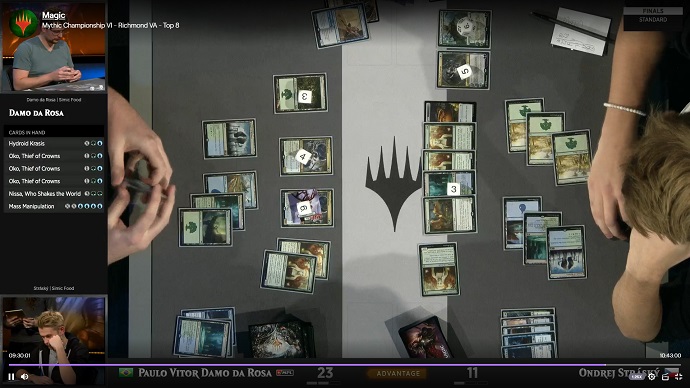
When faced with this battlefield, I tapped six mana to cast Mass Manipulation. It was countered by Veil of Summer and I basically lost the game that I thought I had won three turns before.
Was casting Mass Manipulation just a mistake? Honestly, I’m not sure. The reason I cast it was because I thought I was behind in this game. He had just drawn a bunch of cards, and my hand was clunky. There was no telling what he could do if he untapped with Nissa. I understood he could have Negate or Veil, but I thought it was an acceptable risk because I thought I needed to play it.
However, this wasn’t reality because his hand didn’t have much. In fact, his hand didn’t have anything other than the Veil of Summer. I played the only card I couldn’t have played. But was I supposed to know this? I’m not sure. I think if I just cast my cards – Nissa and Oko – I might win. But I might also lose horribly. It was a close decision that ultimately didn’t pan out and I still don’t know if it was right or wrong.
Game 5 was a bit anticlimactic, as I mulliganed to five cards and didn’t draw many spells. I almost managed to steal it with a sideboarded Questing Beast, but I didn’t have a strong enough follow-up and he managed to stabilize and then I could never win.
I was disappointed about Game 4, but, ultimately, I was thrilled about my result. All I wanted was some points to stay in the MPL and now I’m knocking at the door for Worlds, which way surpassed my expectations. I was also very happy for Ondrej, who played very well, and for our entire testing team, who put four people in the Top 10 and two in the finals despite working with a relatively small number. And, finally, I was happy with how I played throughout the tournament. I think I played at a very high level overall, even though I obviously didn’t play perfectly and made mistakes.
What’s Next
Moving forward, I think Simic is the superior version of the Food deck (it certainly outperformed it in the Top 8, as all Simic decks beat all Sultai decks), though there’s a Sultai Sacrifice deck with Cauldron Familiar and Witch’s Oven that performed very well and might be the best list (but I’ll probably wait for the Banned and Restricted announcement before I try anything new). As for me, I have Mythic Invitational VII on Arena in three weeks, so that’s where I’ll be focusing my efforts. A good result there should mean Worlds for me and I would very much like to play in that!


